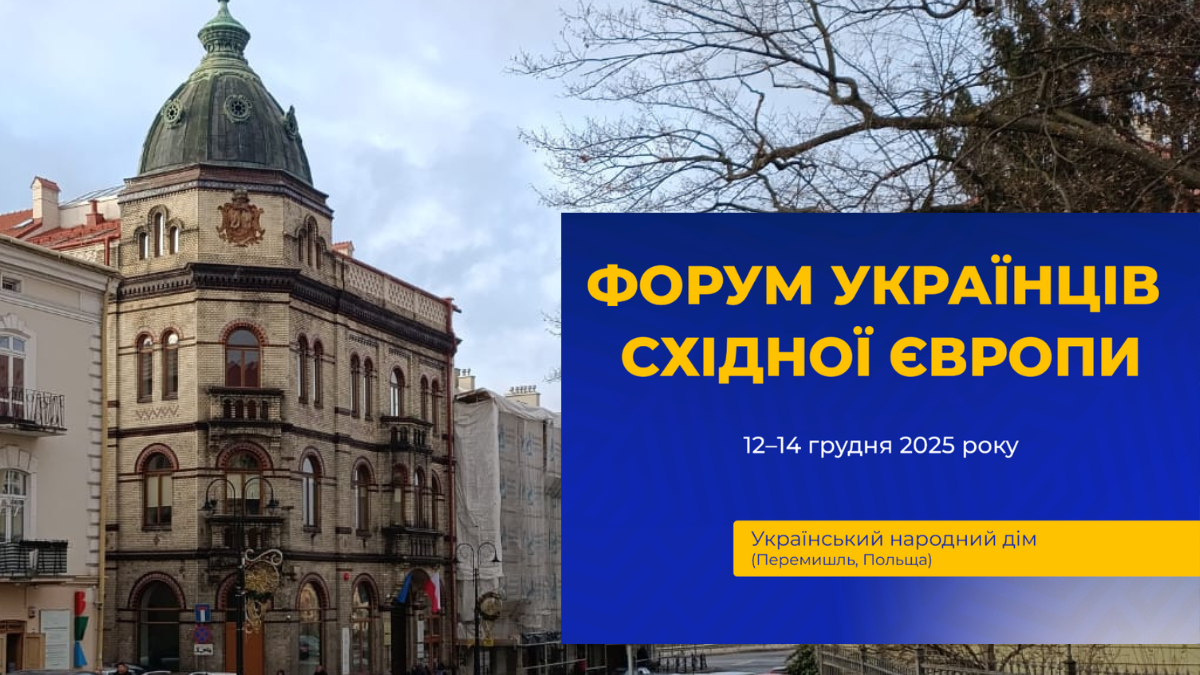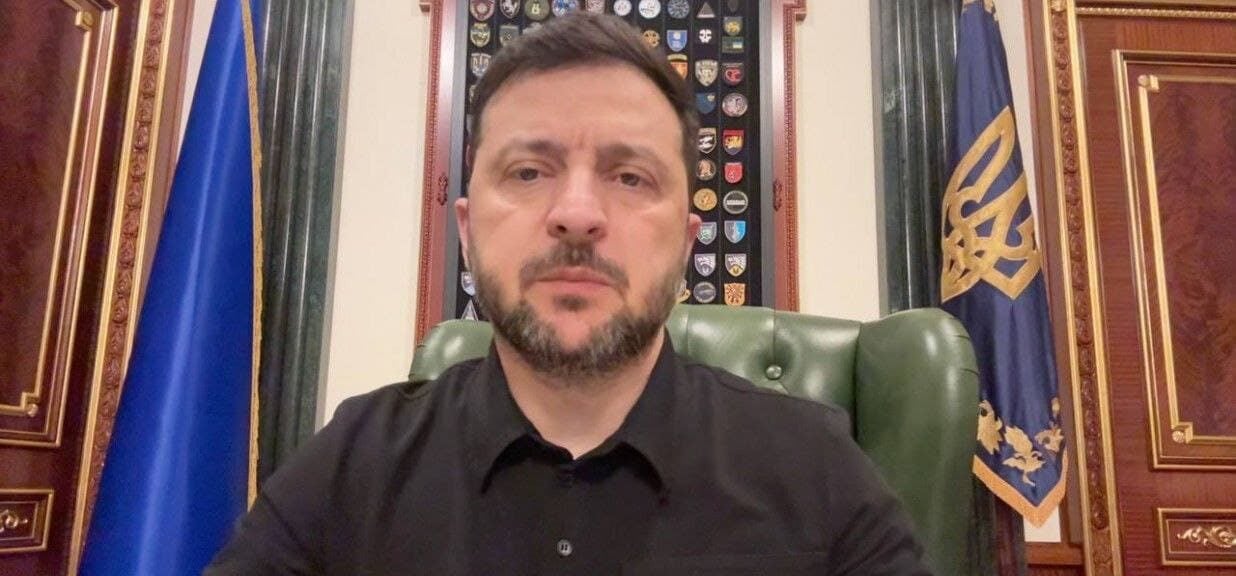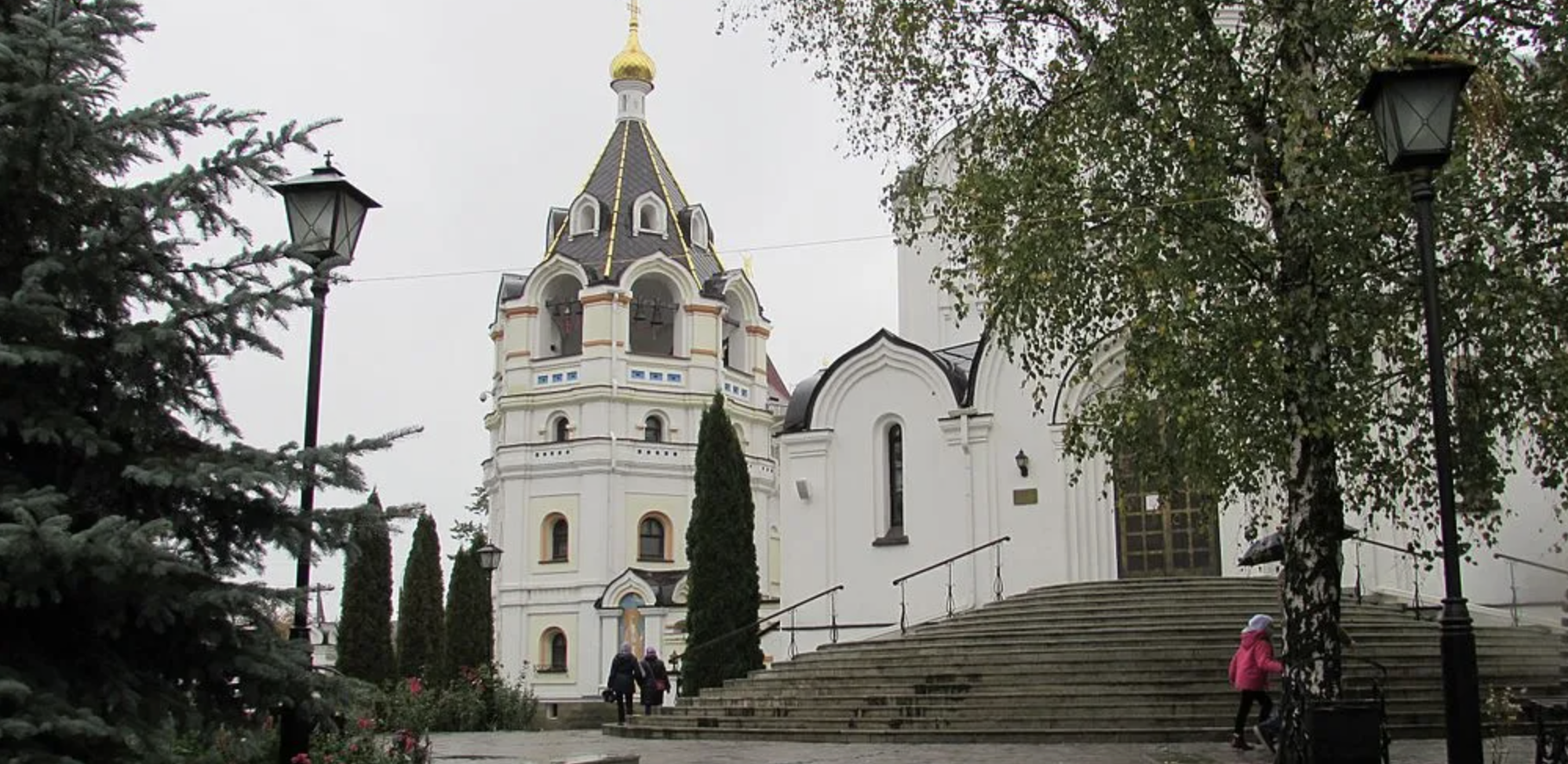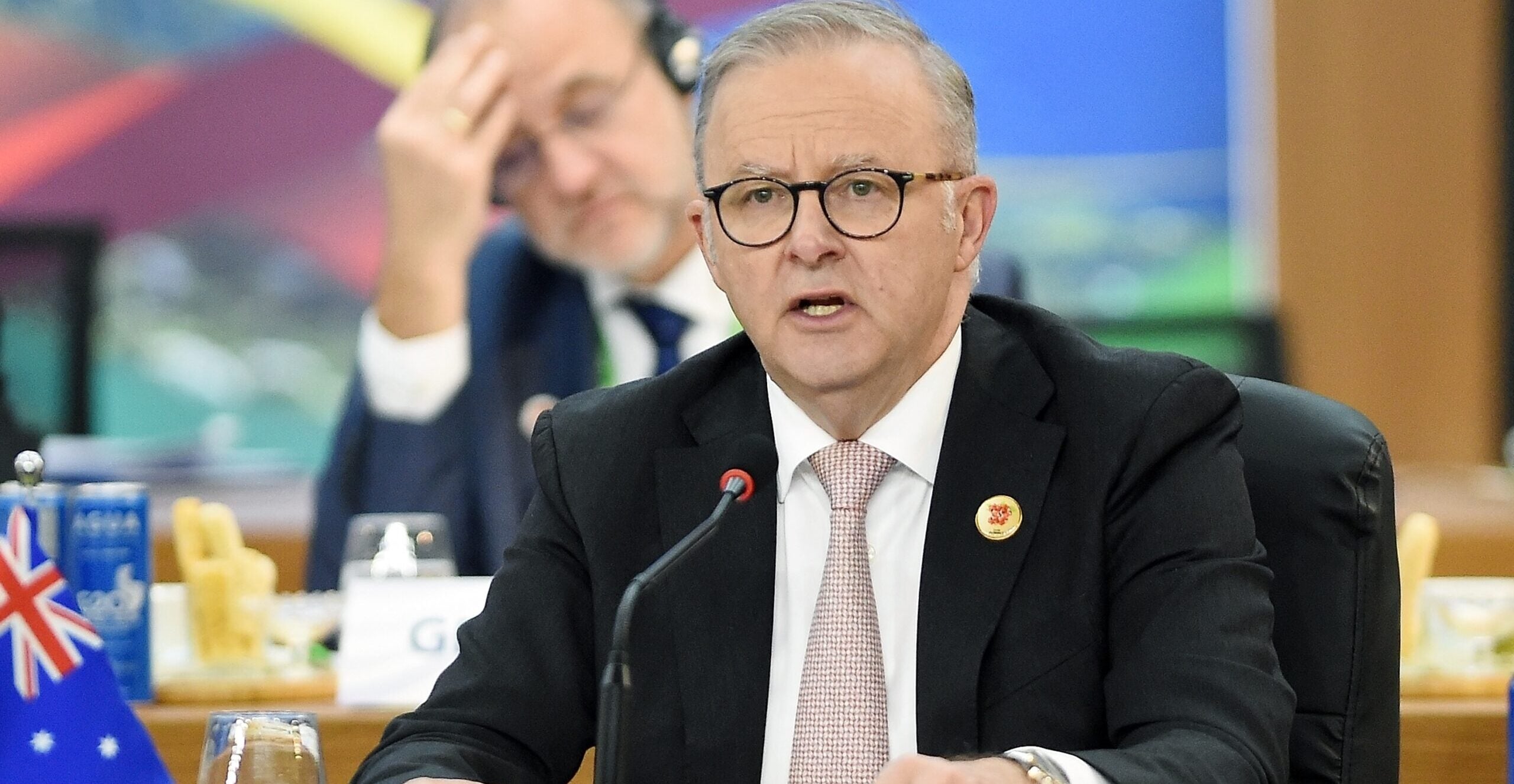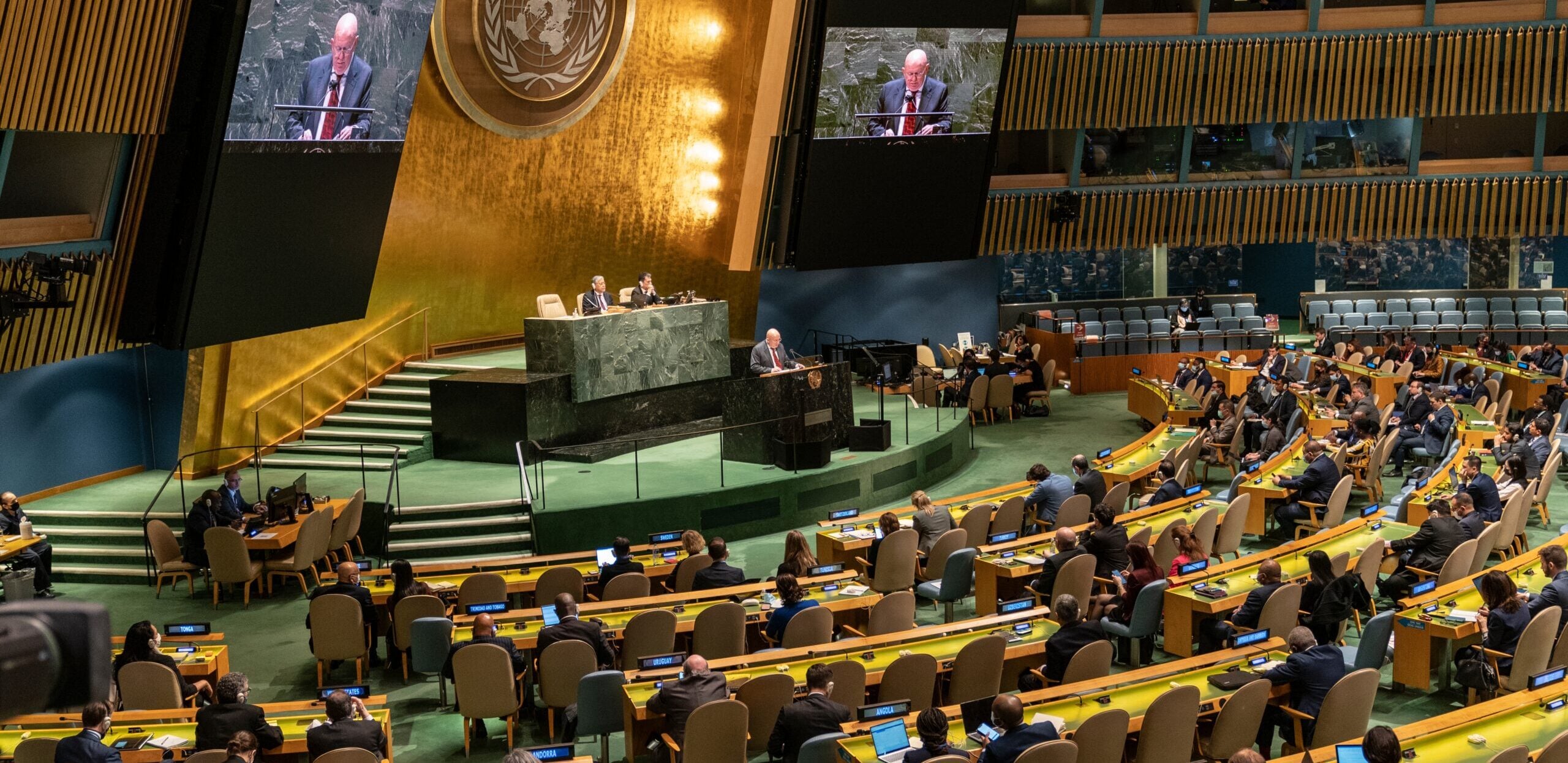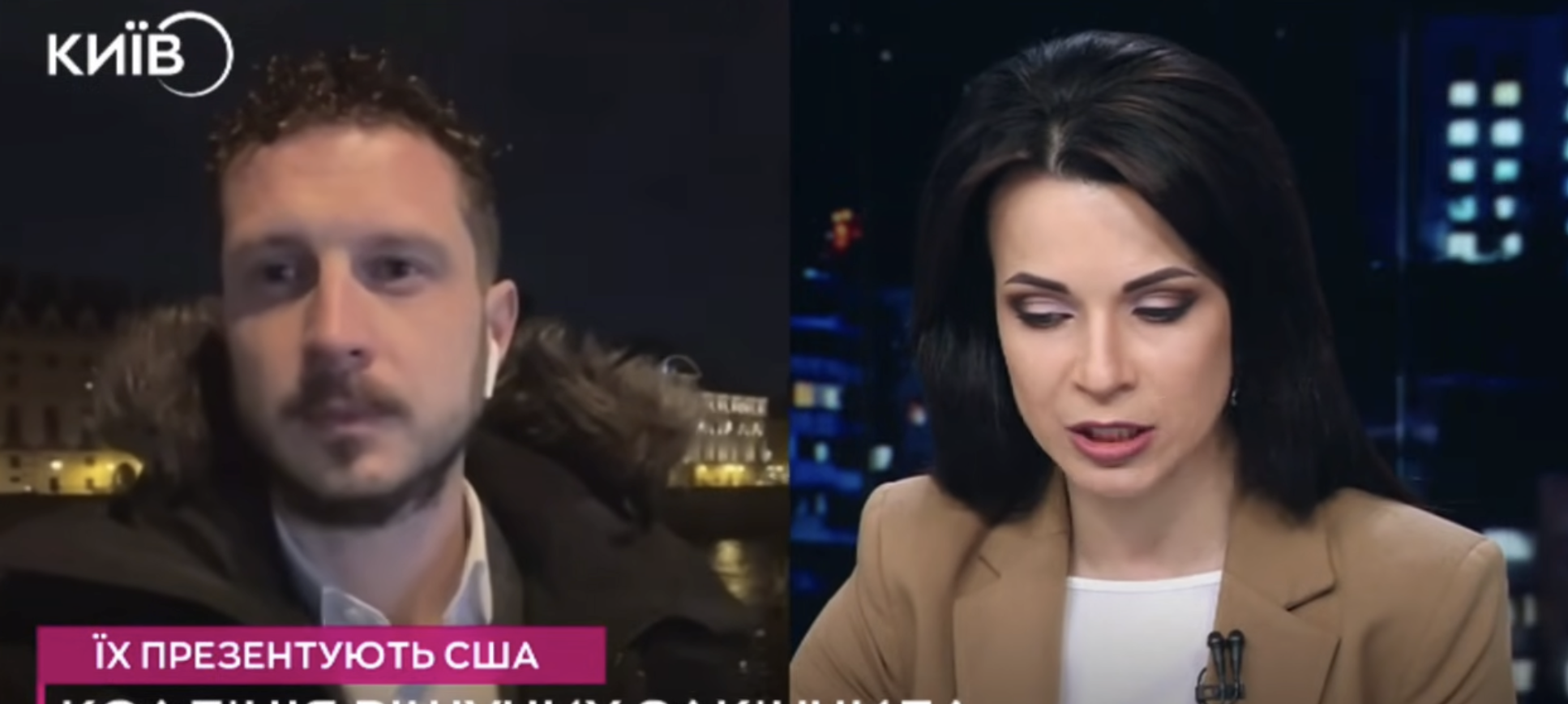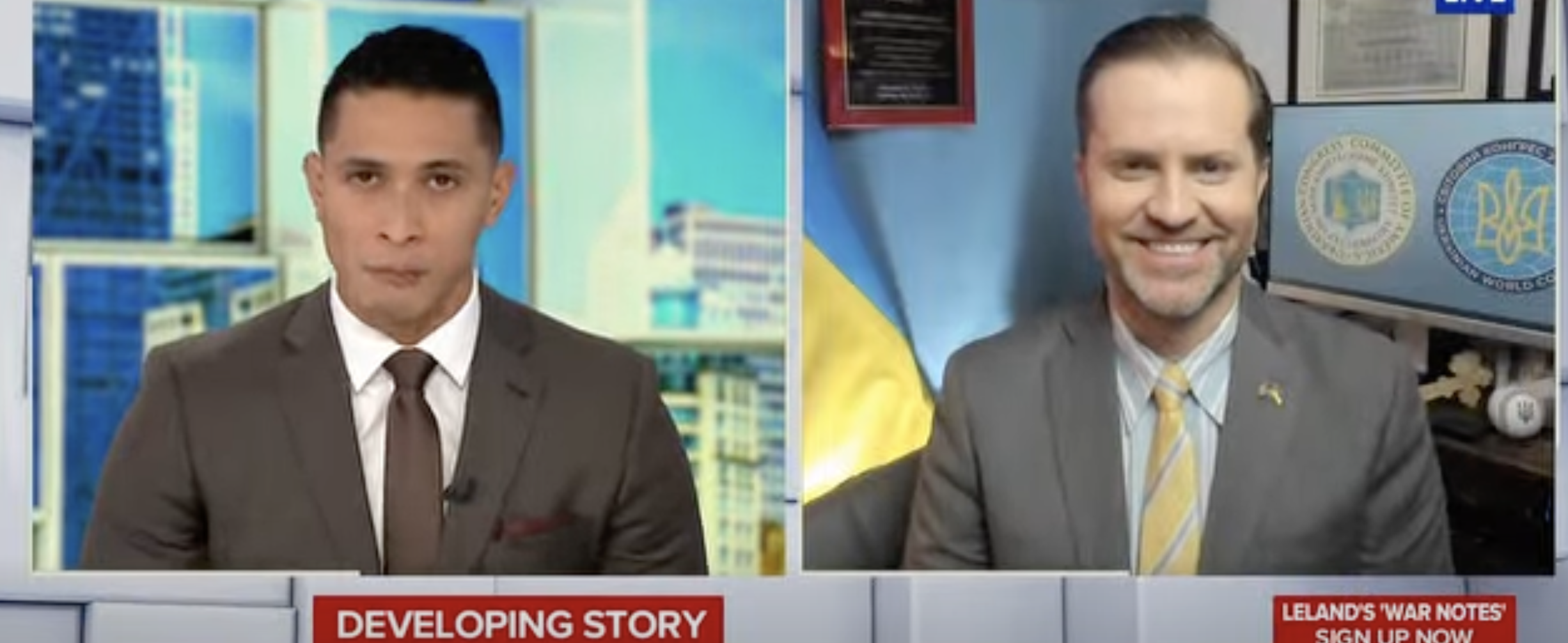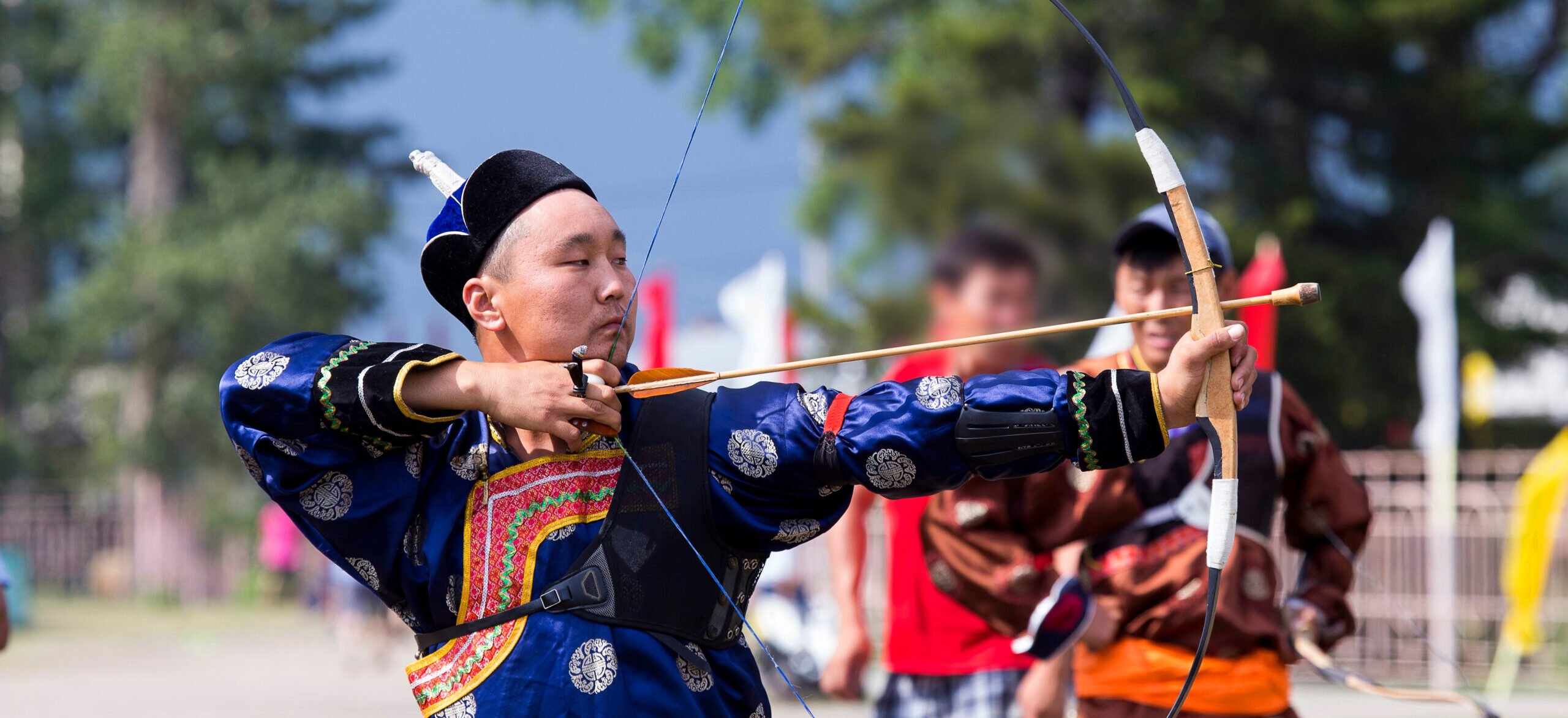

by Bohdan Cherniawski, a chief operations officer for the Ukrainian American Freedom Foundation.
Source: ABN Correspondence
As of May 2025, the Russian Federation continues to face deep-rooted internal tensions shaped by its vast and diverse ethnic composition. While the Kremlin promotes a narrative of national unity, beneath the surface lies a landscape of marginalization, cultural repression, and emerging resistance among non-Russian groups such as the Chechens, Bashkirs, Buryats, Yakuts, and Crimean Tatars. These communities are increasingly asserting demands for autonomy, cultural preservation, and—in some cases—independence. This essay analyzes the historical origins, current developments, and future prospects of ethnic resistance in Russia, using a comparative lens that draws on China’s nationality policies in Xinjiang and Tibet. Through this lens, it argues that ethnic identity is not only enduring but increasingly weaponized in the face of authoritarianism.
Historical Context: From Imperial Expansion to Soviet Assimilation
Russia’s identity as an empire has always been inseparable from its control over dozens of distinct ethnic groups. Beginning in the 16th century, the Tsarist regime expanded eastward and southward through conquest, incorporating indigenous peoples across the Caucasus, Siberia, and Central Asia. Policies of Russification were central to this expansion, often suppressing native languages, religions, and customs (Martin, 2001).
The Soviet Union introduced formal structures of ethnic recognition, such as titular republics and language rights. However, this autonomy was carefully managed from the center. State repression, including Stalin-era deportations of Crimean Tatars and Chechens, revealed the regime’s willingness to annihilate communities deemed disloyal (Martin, 2001). Though institutional pluralism existed on paper, it operated within a system that privileged loyalty to Moscow above all.
The Post-Soviet Window and the Putinist Reversal
The dissolution of the Soviet Union in 1991 briefly opened space for ethnic revival. Regions like Tatarstan and Bashkortostan negotiated power-sharing treaties with the Kremlin, and Chechnya’s declaration of independence triggered two brutal wars (Hughes, 2007). This era of federalist experimentation collapsed under Vladimir Putin.
Between 2000 and 2020, Russia centralized power through the elimination of elected governors, abrogation of regional treaties, and rollback of linguistic rights. The 2018 education reforms, which diminished instruction in minority languages, sparked mass protests across Tatarstan and Bashkortostan (Bowring, 2010; Zois, 2022). Putin’s model of managed multiculturalism—granting symbolic recognition but denying substantive autonomy—reinstated the imperial paradigm under modern authoritarian conditions.
Resistance Movements (2024–2025 Developments)
Insurgency Across Ukraine and the Russian Federation
The full-scale invasion of Ukraine in 2022 catalyzed both national and transnational resistance. Partisan movements now span occupied Ukrainian territories, including Crimea and Donetsk, and extend into Russia itself. Crimean Tatar partisans, an integral wing of Ukrainian resistance, have carried out coordinated attacks against military logistics infrastructure (Reuters, 2025). Simultaneously, sabotage operations—ranging from railway disruptions to enlistment office arsons—have surged in Russian regions like Belgorod and Bryansk (Guardian, 2025).
These actions are not purely tactical. They resonate with the historical struggle of non-Russian peoples against imperial domination and mirror cultural resistance initiatives—such as underground Ukrainian schools—that reassert identity in defiance of occupation.
Internal Resistance Within Federal Subjects
A new mosaic of resistance has emerged within the Russian Federation. In Chechnya, exile militias operate from Ukraine while the diaspora lobbies for recognition of Chechen independence. Moscow maintains its grip through tight surveillance and repression. In Bashkortostan, the 2024 sentencing of activist Fail Alsynov sparked mass demonstrations. The Committee of Bashkir Resistance now circulates manifestos and coordinates civil disobedience (AP News, 2024). In Buryatia and Tuva, conscription protests and anti-war campaigns have gained traction through the Free Buryatia Foundation, using online networks to challenge state narratives (Interpopulum, 2024). In Sakha (Yakutia), a youth-led campaign—“Not Our War, Not Our Diamonds”—links environmental concerns with anti-war sentiment, amplifying resistance through digital platforms (Guardian, 2025). Meanwhile, Crimean Tatars, many in exile, have established diaspora-led education programs and international advocacy efforts to preserve cultural identity amid ongoing repression (Reuters, 2025).
Cover: Shutterstock
